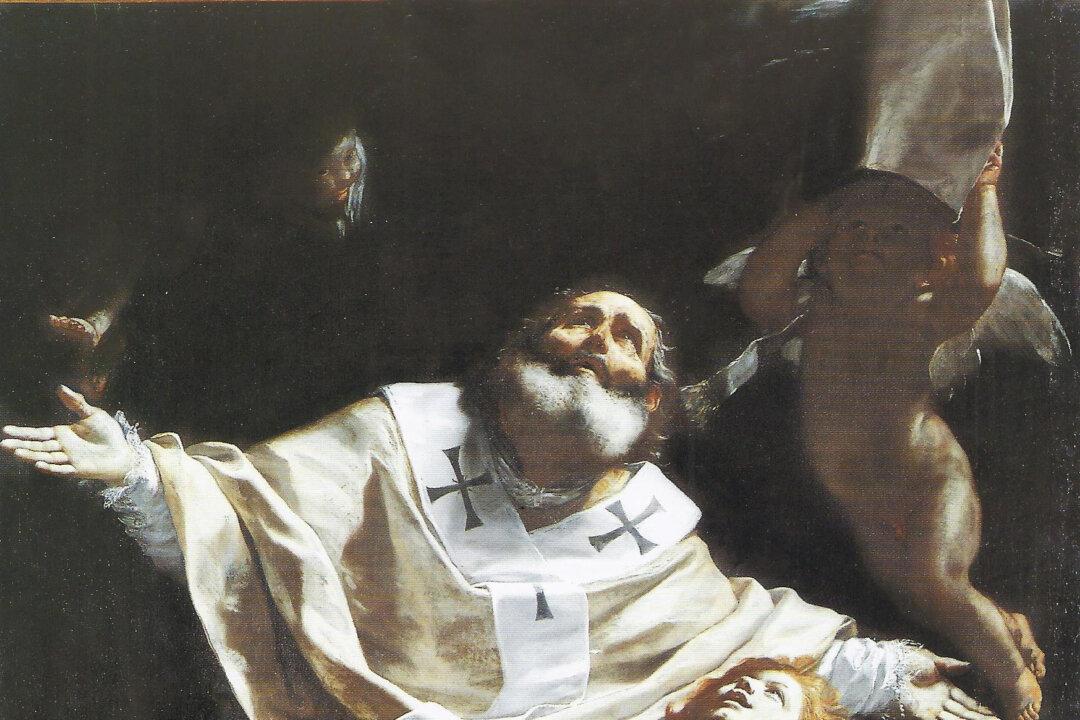Every Christmas, we are bombarded with images of a man we call Santa Claus who has a long, white beard, red clothes, and happily brings toys to children who are well-behaved. But who is this patron of moral gift-giving? Where does the legend of Santa Claus come from?
St. Nicholas of Bari
St. Nicholas was a fourth-century bishop who lived in Asia Minor. It is believed that he was imprisoned and tortured for his faith by the Roman emperor Diocletian before being released by Constantine the Great.St. Nicholas’s kindness and generosity were what really came to define him. He was believed to have kindness so deep and great that he could perform miracles.





